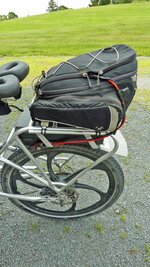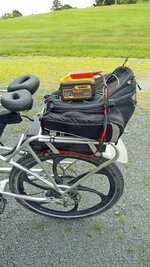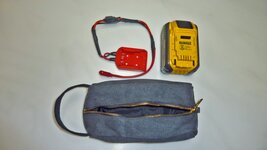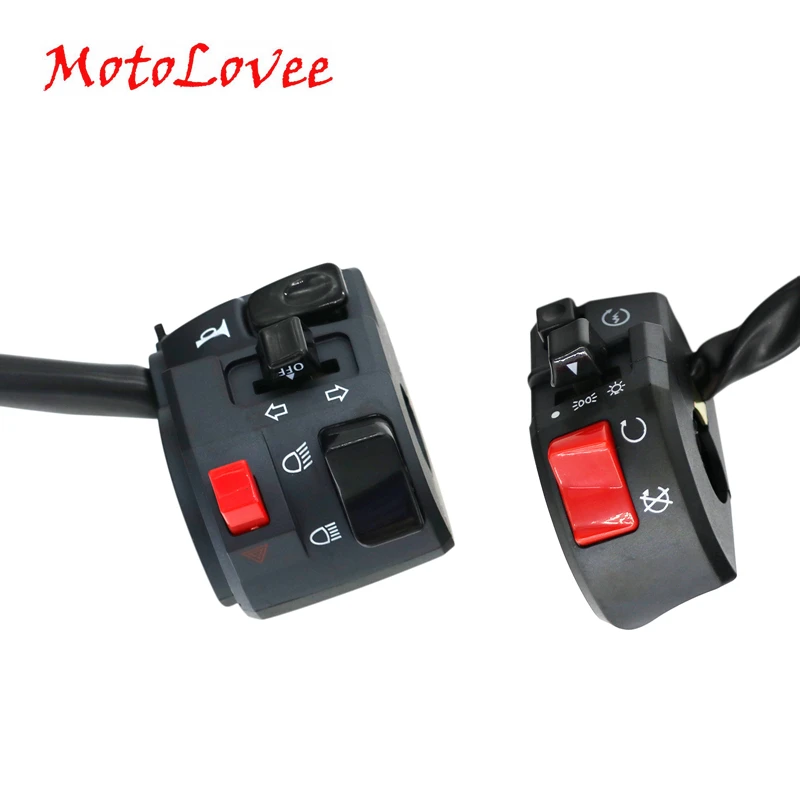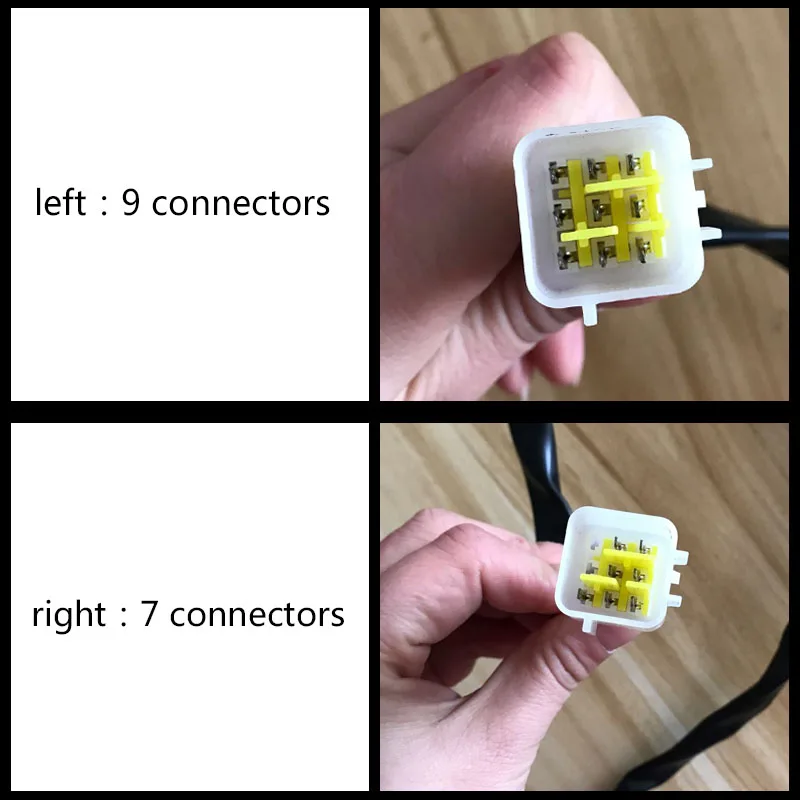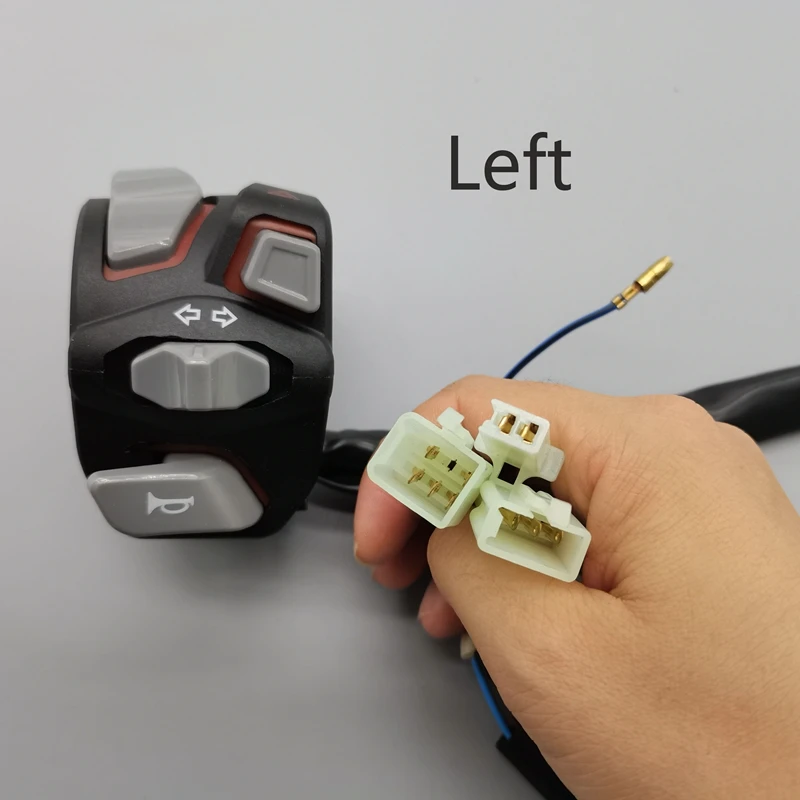Hello all, this is my first year riding electric bike fully replacing my car, so i ride 20 miles a day for work and various errands, enjoyment. As winter appraoches i find myself in the dark a lot, and i ride on side streets and the road 50% of the time. I have been using various battery powered lights and recently purchased wireless turn signals because i do not feel safe taking my hands off the bar to make hand signals while turning, i had a few very wobbly situations where i felt unsafe.
My goal is to have a 2nd battery, nothing too big (smaller than a car battery obviously, maybe the size of a motorcycle battery or smaller) that will have the following.

The box i was thinking about putting it in is the following, but i am open to suggestions especially if it can be weather sealed, so maybe something like a pelican case with holes drilled for cables? No idea about something like this:
Stout Stuff Field Ammo Box 11.6" x 5.2" x 7.2" Plastic OD Green

My goal is to have a 2nd battery, nothing too big (smaller than a car battery obviously, maybe the size of a motorcycle battery or smaller) that will have the following.
- on/off switch for all power to turn signals, turn on back light and headlight.
- left/right switch for turn signal like on a motorcycle
- Maybe have a switch for the headlight, possibly a headlight with high and low or 2 headlights, a stronger one and a weaker one for trails where i pass people and dont want to blind them.
- Front and rear turn signals
- Rear red Light
- Head Light, High (with on/off switch)
- Head Light, Low (with on/off switch)
- front/rear camera, screen (already owned)
- Maybe one or 2 additional lights, like to light up the ground beneath me, or led strip for extra visibility.
The box i was thinking about putting it in is the following, but i am open to suggestions especially if it can be weather sealed, so maybe something like a pelican case with holes drilled for cables? No idea about something like this:
Stout Stuff Field Ammo Box 11.6" x 5.2" x 7.2" Plastic OD Green

